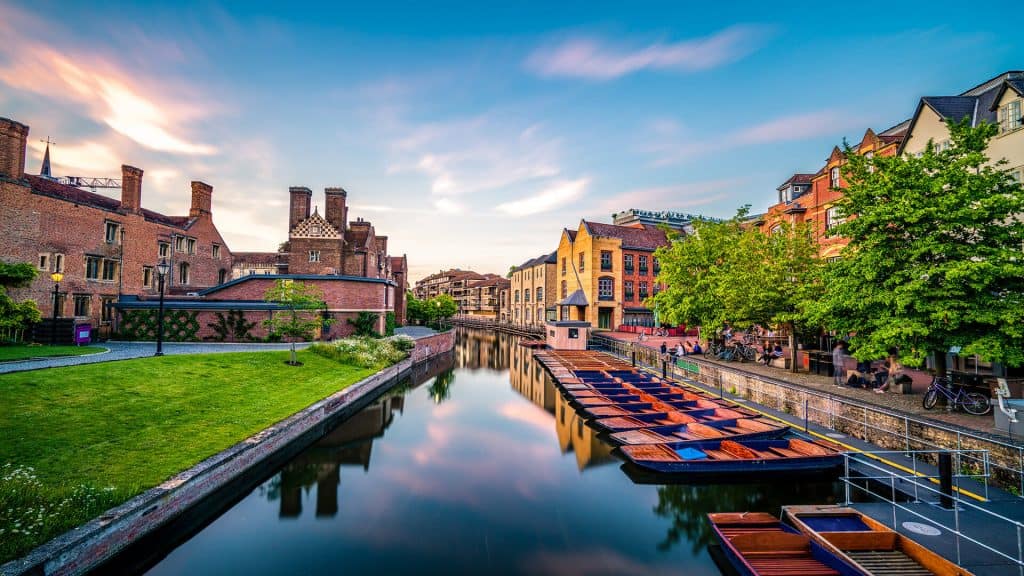The important thing to remember with all insurance is to not compare price alone. You need to know what is actually covered by each policy, and whether it suits your requirements.
Because building insurance is usually a requirement when getting a mortgage, lenders may offer you their own. Don’t take the first thing offered – it pays to have a broker look at the whole market to find the best deal for the most suitable cover.
Buildings and contents insurance – what’s the difference?
Buildings insurance covers the physical structure of your building, calculated by how much it would cost to rebuild. It usually includes fixed fittings (such as bathrooms and kitchens), utilities and outbuildings such as greenhouses, garages and sheds.
Homeowners, including landlords, need buildings insurance to cover the cost of accidental damage or rebuild costs to their property if anything went wrong. It is usually an obligation for getting a mortgage.
Contents insurance, on the other hand, is not a legal requirement (although sometimes tenants need it to sign a letting contract). However, you should have it, because it covers your possessions (the un-fixed things in your home) in the event of theft or fire. Imagine how much it would cost to buy all of your possessions again brand new – clothes and furniture and appliances soon add up to a tremendous sum.
Buildings insurance tips
Savings can often be made if you take out buildings and contents insurance with the same insurer. Also, improving your security with better locks on doors and windows, a burglar alarm or even by joining a Neighbourhood Watch scheme can reduce your premium.
Another way to save money is by paying up front annually instead of in monthly payments, or by increasing the excess you are willing to pay if you do have to make a claim.
You need to tell your insurer if you change the structure of your building in any way, for example with a conservatory or loft conversion.
Some homeowners struggle to get buildings cover because their properties have developed subsidence or are built in an area prone to flooding. If this has happened to you, let us know – we have access to insurers who specialise in problem buildings.
If you are purchasing a leasehold property, for example in a block of flats, check first that it is not already be covered by the freehold owner’s insurance.
Contents insurance tips
Reduce your premium in the same ways as for buildings insurance: buy both together, increase security, pay annually with a larger excess.
Make sure that you get the level of cover that suits your situation. Insurers usually offer additional cover for accidental damage to your possessions, as well as options for insuring belongings away from home, such as jewellery and cameras.
Increasingly, insurers offer bicycle cover as a specific item on their policies – invaluable for living in the Cambridge area.
Beware of under-insuring your contents. If disaster strikes, you don’t want to be left unable to replace all your possessions. When you add up the costs of everything in your home at new prices – it might be more than you think (the average home’s contents add up to £40,000).
Instead of a cash payment, some insurers offer new-for-old policies, where they replace the destroyed or stolen items with the newest equivalent version.
At Limetree we have a vast range of the latest Building and Contents Insurance policies at our fingertips. If you would like advice on the best cover for you, please get in touch.









